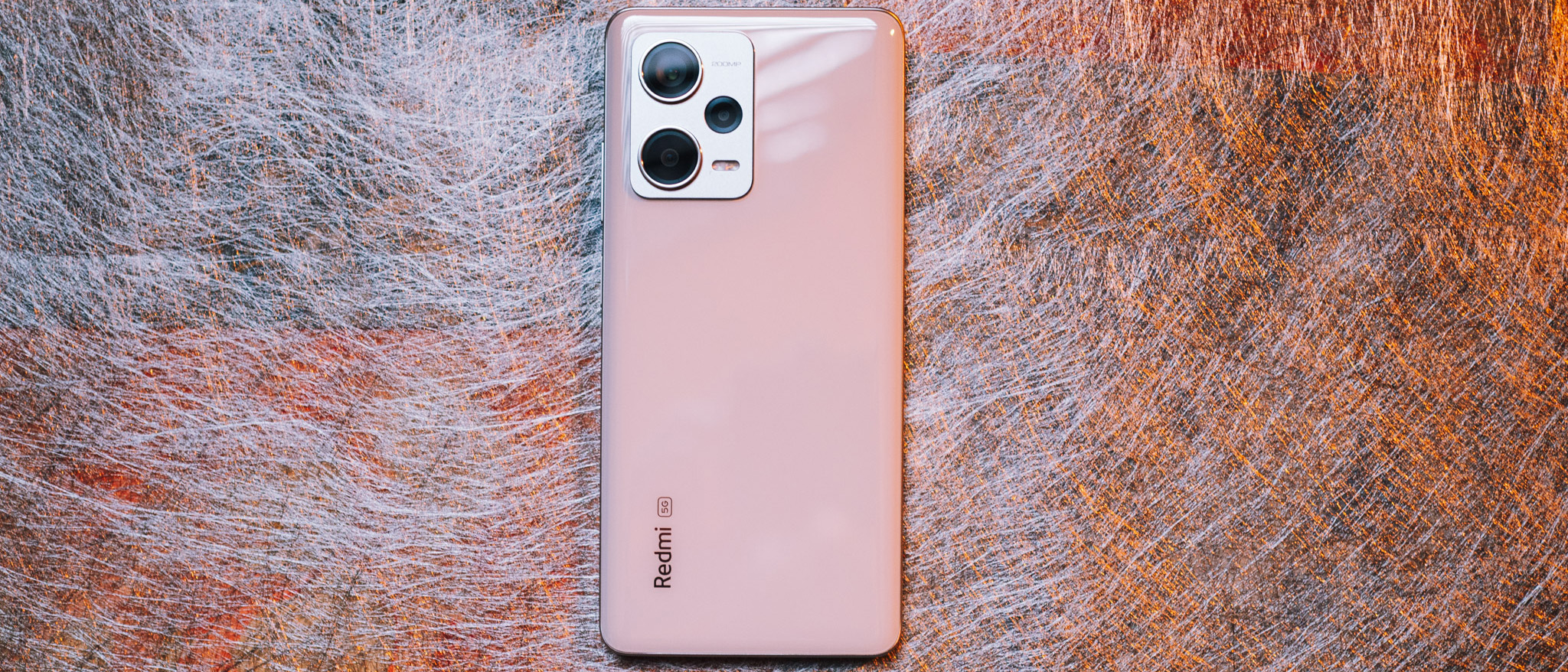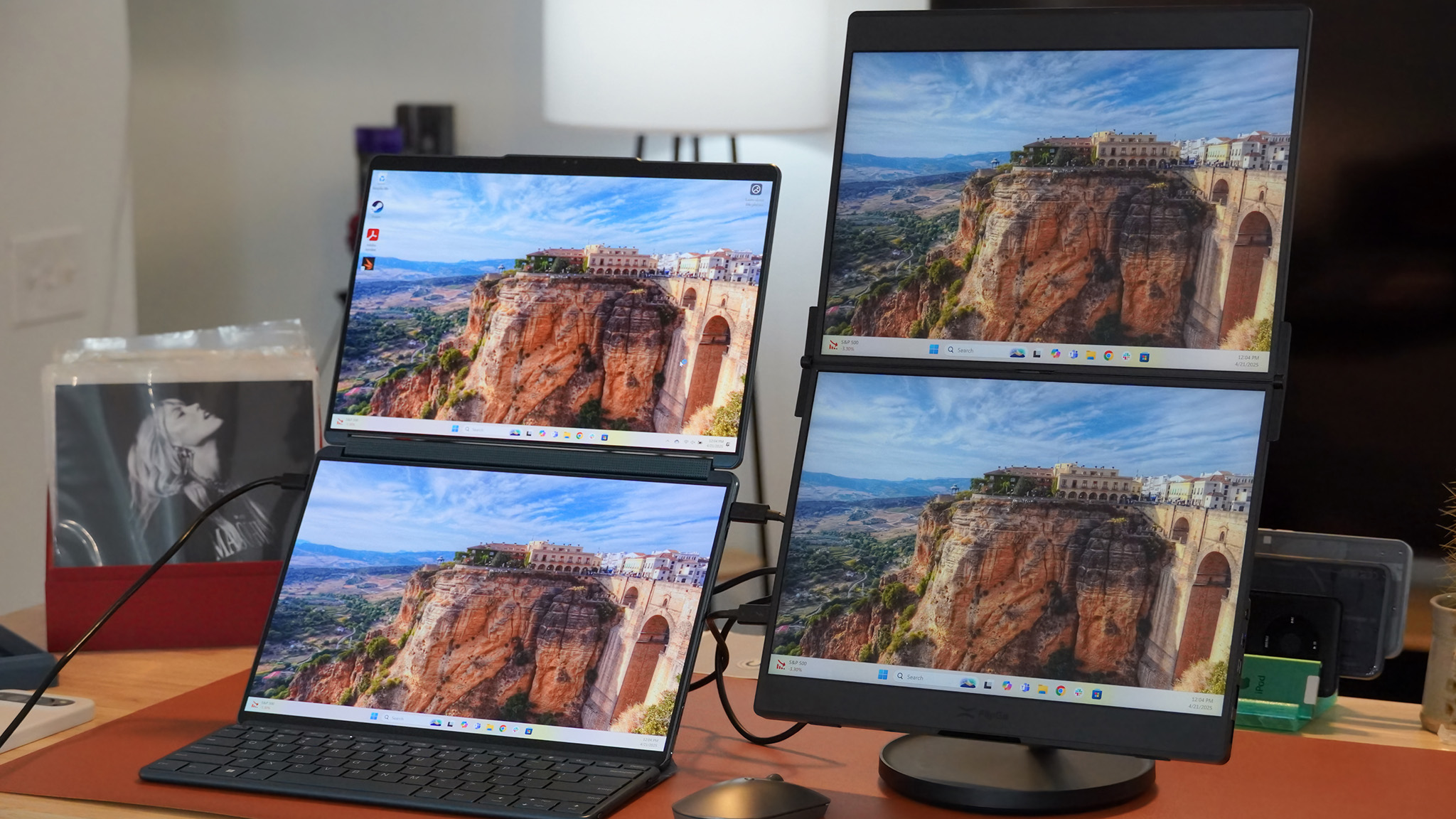Android Central Verdict
Xiaomi is shaking things up with the Redmi Note 12 Pro+. The phone has a minimalist design that looks great, and you get a 200MP camera and 120W fast charging. While there's a lot to like in the hardware, the software is a big letdown — the phone runs Android 12 out of the box, and will only get two version updates. Combine that with a high price at launch, and you get a phone that's not as good a value as its predecessors.
Pros
- +
Gorgeous design
- +
Vibrant 120Hz AMOLED screen
- +
Good battery life with 120W charging
- +
200MP camera at the back
- +
256GB of storage as standard
Cons
- -
Launching with Android 12
- -
Will only get two Android OS updates
- -
No in-screen fingerprint reader
- -
Useless 2MP macro sensor
- -
Not as good a value as predecessors
Why you can trust Android Central
Xiaomi's fortunes have been made on the back of the Redmi Note series — the manufacturer sold over 300 million devices globally, and in the eight years it has been in India, it recorded 72 million Redmi Note sales. While the series always focused on delivering the best possible value in the budget category, Xiaomi started adding more and more features to subsequent launches, and as a result, the Redmi Note 11 Pro couldn't quite deliver on those ideals.
That said, the Redmi Note 11 Pro is still a good bargain against what Xiaomi is offering this year. The Redmi Note 12 Pro+ raises the bar for the series in a very literal way: pricing. The phone is debuting at ₹29,999 ($365) in India, and the worst part is that it runs Android 12 out of the box.
The Redmi Note 12 Pro+ is launching at a time when Xiaomi is facing ever-increasing pressure in India, and while the brand is still the number one manufacturer in the country, I don't think it has the cachet to market a Redmi Note device in the mid-range category and see any modicum of mainstream interest. So here's what you need to know about the Redmi Note 12 Pro+, and why you should consider waiting for the Xiaomi 12T series to launch in India or get the Redmi Note 11 Pro instead.
Redmi Note 12 Pro+: Pricing and availability
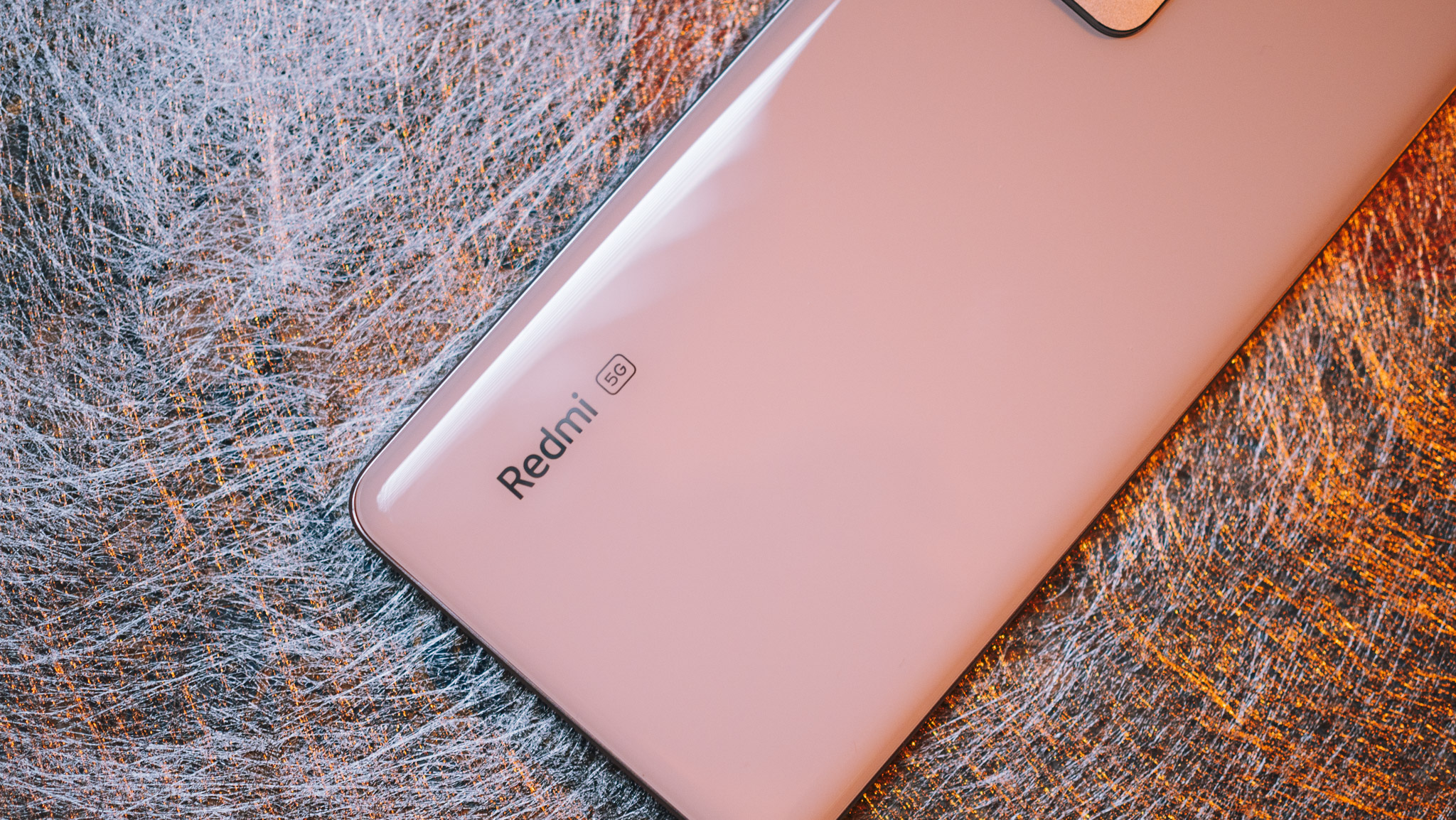
Xiaomi unveiled the Redmi Note 12 series at an event in India on January 5, 2023, with sales set to kick off starting January 11. The Redmi Note 12 Pro+ is the star of the show, with the phone offering a 200MP camera and 120W fast charging. The phone will be available for ₹29,999 ($365) for the standard model with 8GB of RAM and 256GB of storage, and there's a 12GB/256GB model debuting for ₹32,999 ($400).
If you don't care about the 200MP camera (and you really shouldn't), Xiaomi is also rolling out the Redmi Note 12 Pro with a 50MP Sony IMX766 and comes with 67W fast charging. The rest of the hardware is identical to the Pro+ model, and the Redmi Note 12 Pro starts off at ₹24,999 ($303) for the 6GB/128GB model, ₹26,999 ($327) for the 8GB/128GB version, and ₹27,999 ($339) for the 8GB/256GB edition.
Finally, there's a Redmi Note 12, but it doesn't quite have the same hardware, with Xiaomi switching to Qualcomm's Snapdragon 4 Gen 1, 48MP camera, and 33W charging. The device costs ₹17,999 ($218) for the 4GB/128GB model and ₹19,999 ($243) for the 6GB/128GB version.
Redmi Note 12 Pro+: Design and screen
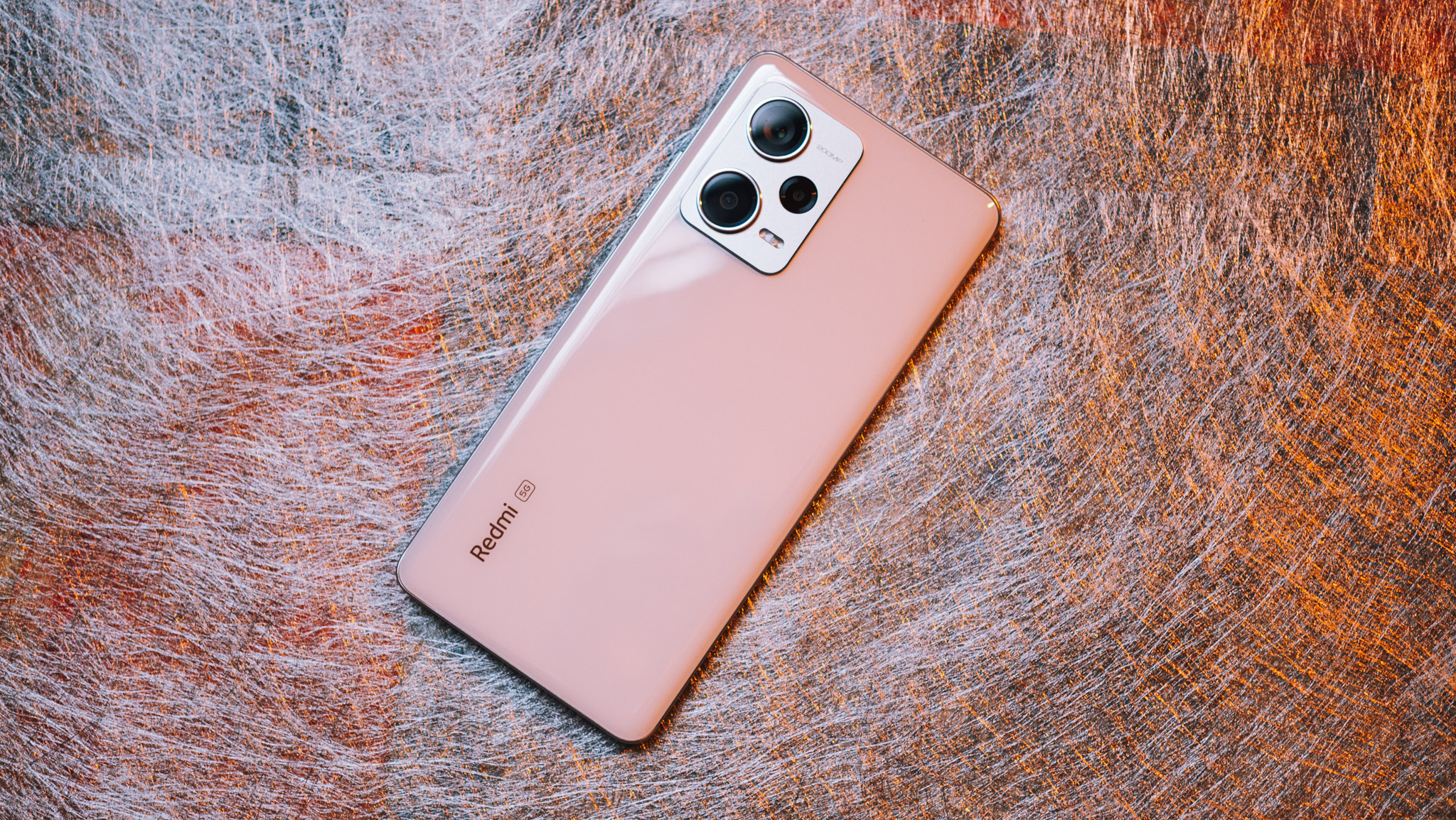
The only constant with Xiaomi's design language is that it is ever-changing. I've used every Redmi Note phone the brand has launched, and there hasn't been a single time where there was design consistency between generations. This is in stark contrast to what Samsung and Google do in this category, but on the plus side, you get interesting devices with every new Redmi Note launch.
This is the best-looking Redmi Note phone by a long margin.
That's definitely the case this time around. The Redmi Note 12 Pro+ has one of the most elegant designs that Xiaomi has introduced in this category, with the phone featuring clean lines and a matured design that makes the device look a lot more upmarket.
The Arctic White color variant contributes to the minimalist aesthetic, and there's also a Iceberg Blue model that looks interesting. Xiaomi thankfully hasn't gotten on the boxy design bandwagon, and the Redmi Note 12 Pro+ has flowing curves that make it good to hold and use.
The back is made out of glass and has a glossy finish that is prone to smudges, and the camera island has a minimalist finish that is a stark contrast to the busy designs we've seen in previous iterations. I like the clean look of the island, and it is milled out of metal. While that's great, the mid-frame itself is made out of plastic, and I would have preferred metal sides here. They detract from the otherwise elegant nature of the phone, and bring it once again down to budget territory.
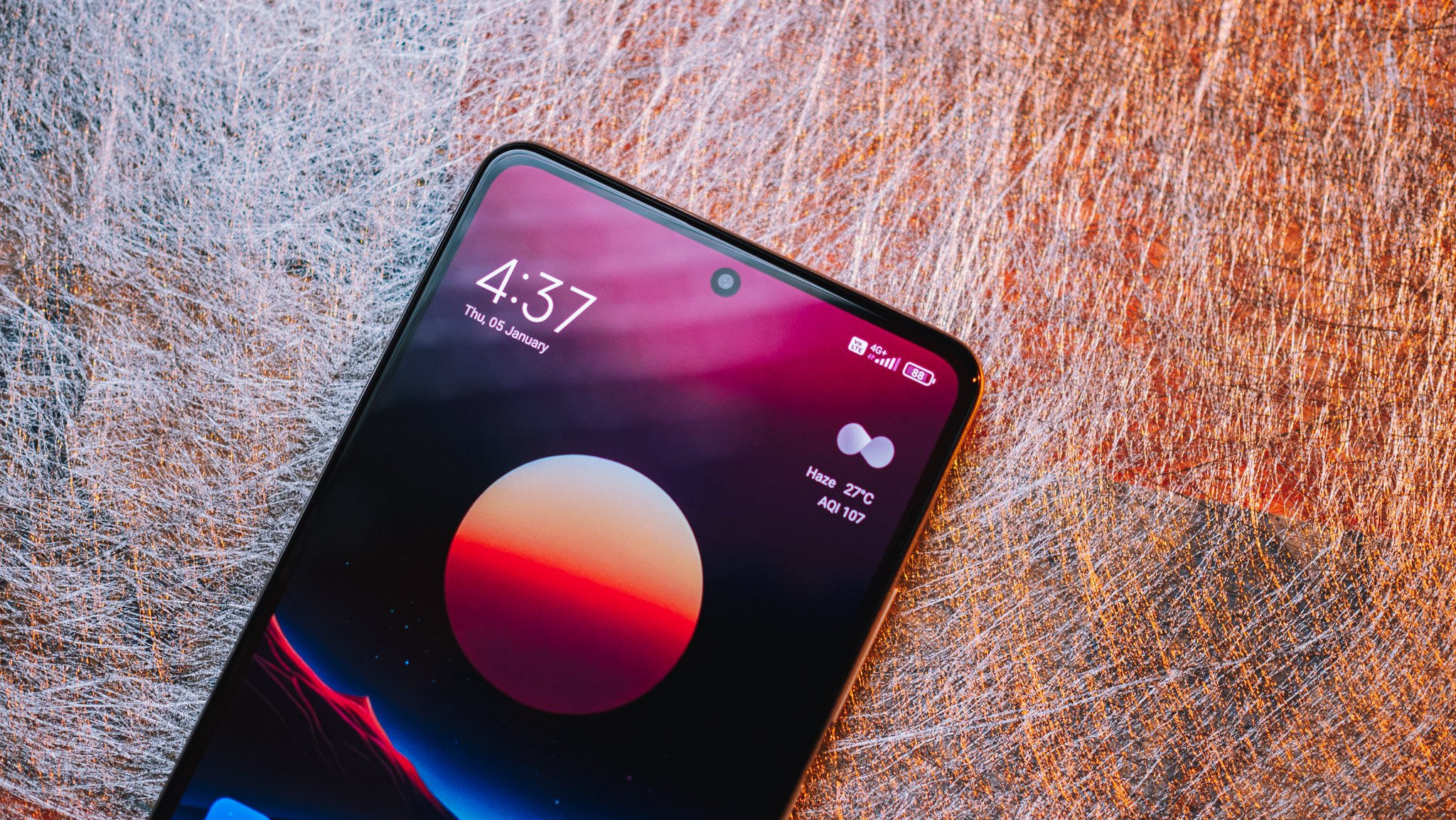
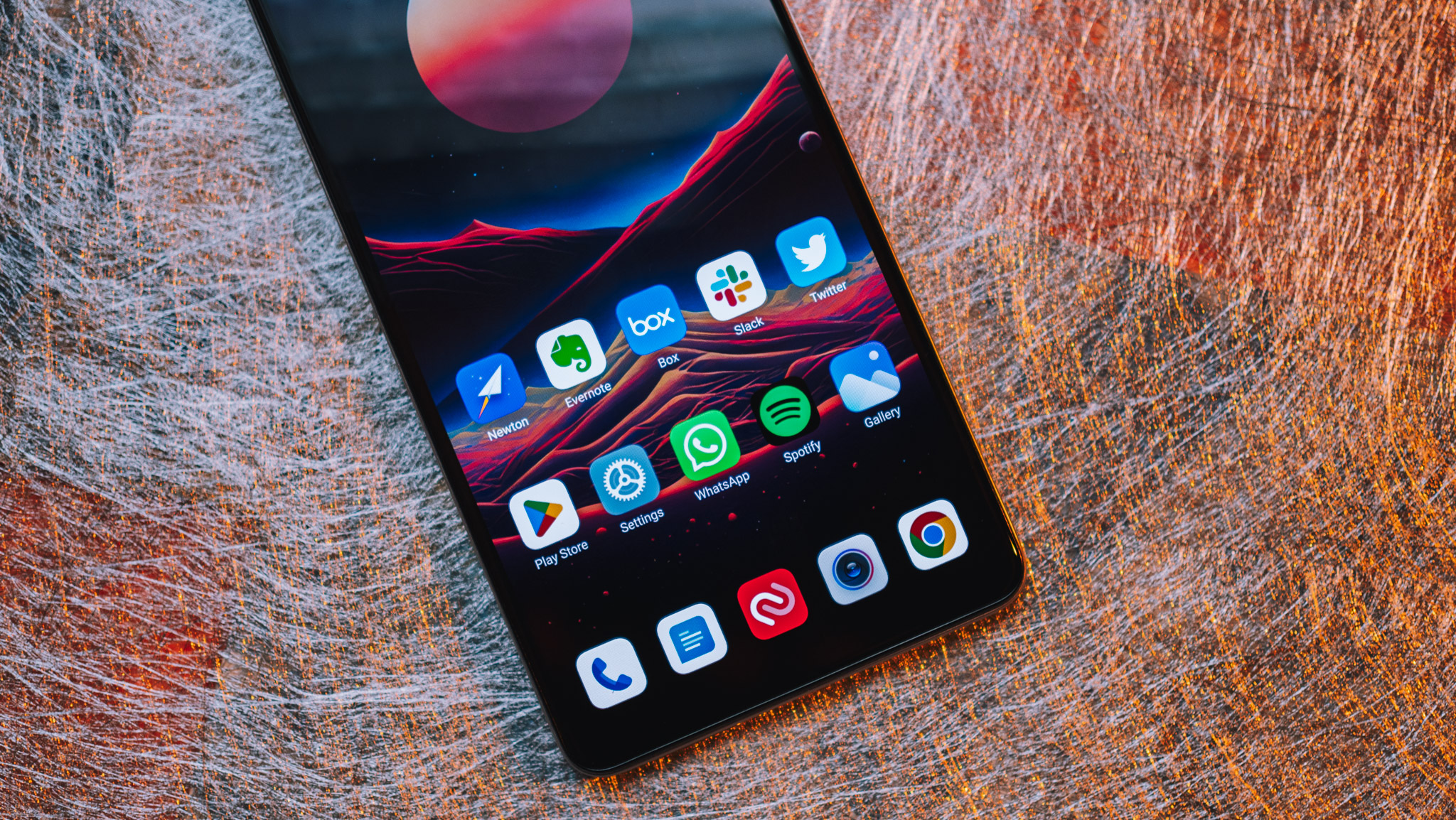
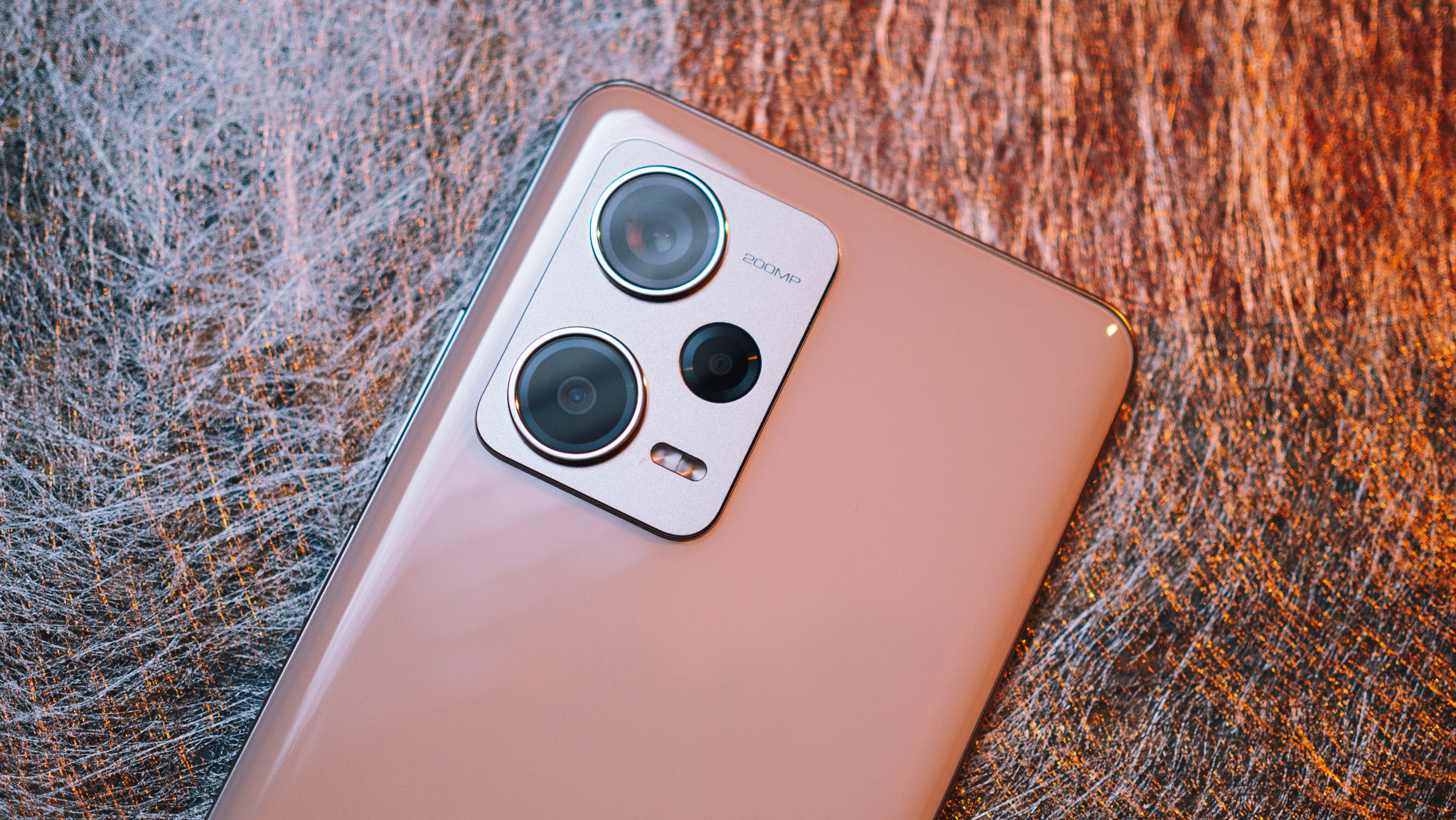
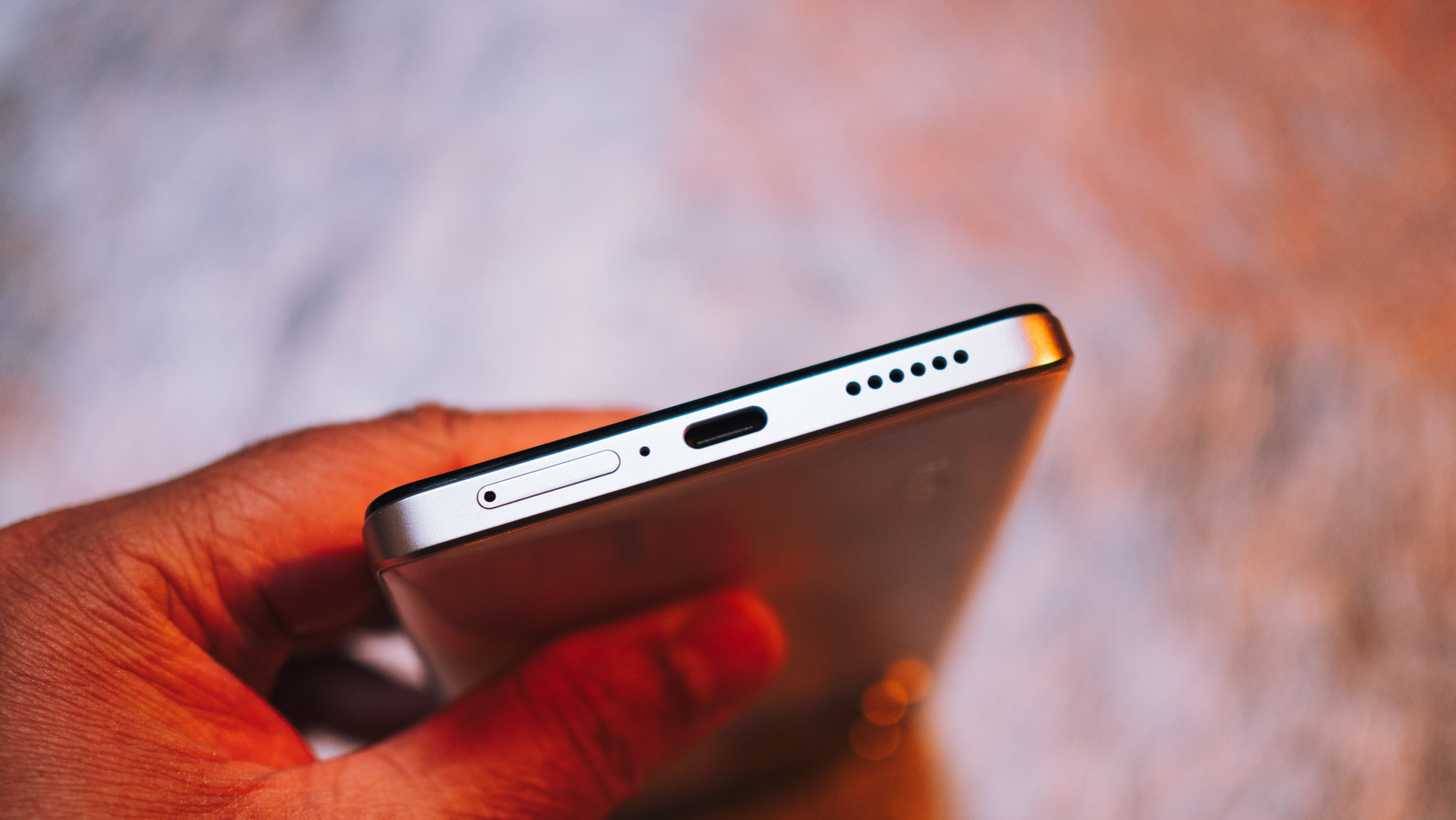
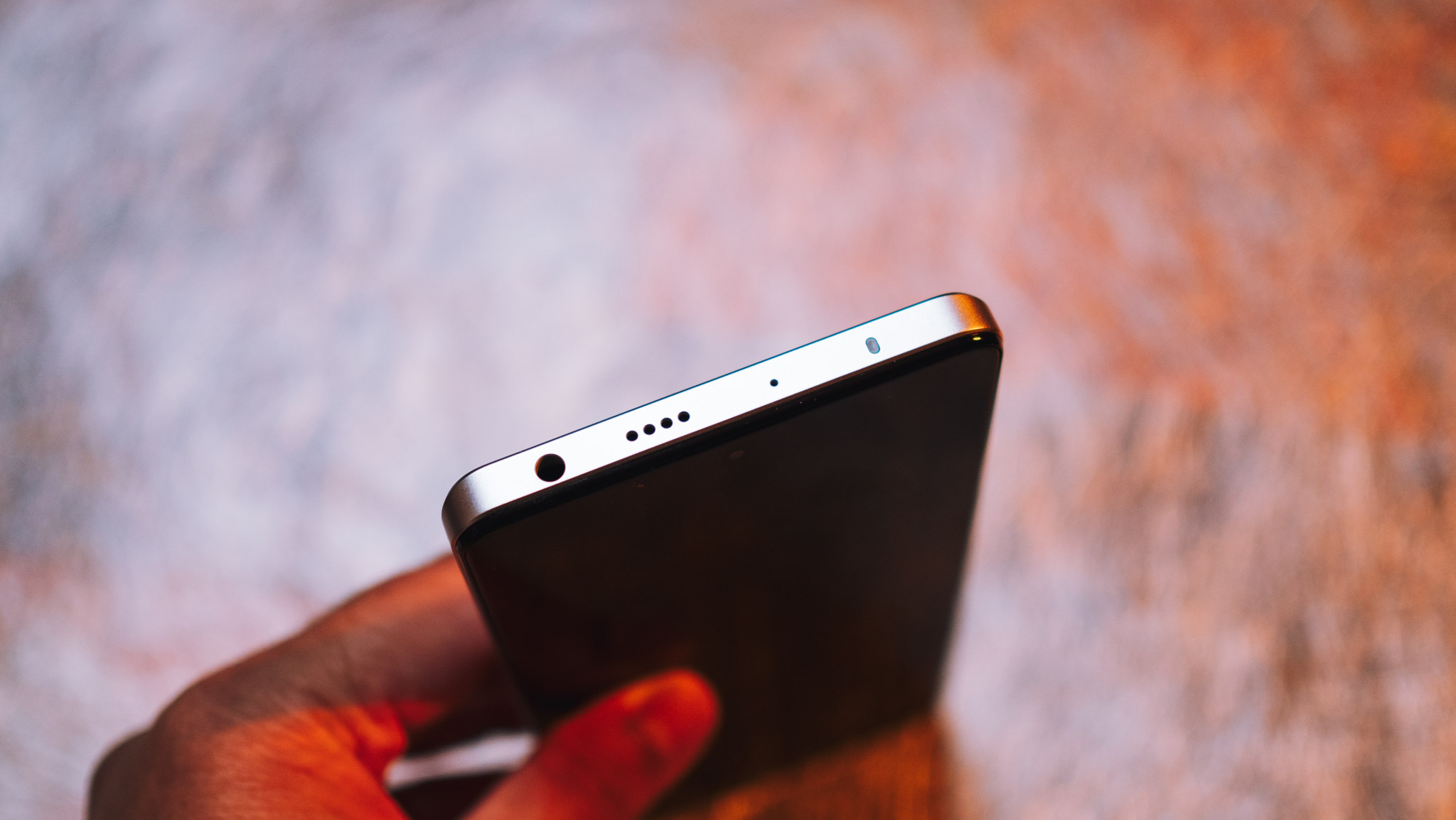
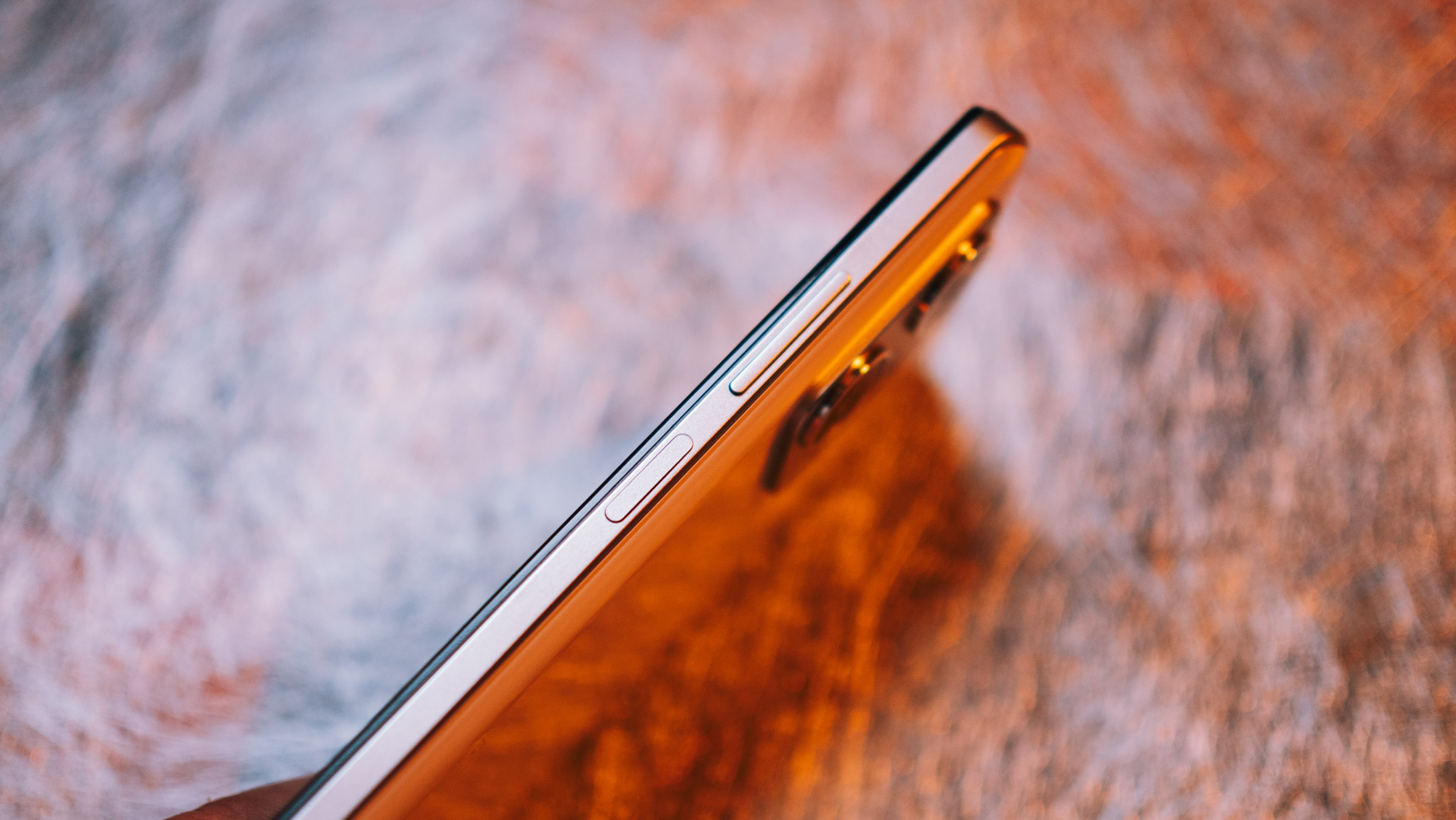
On that note, there isn't an in-screen fingerprint reader here — unlike every other phone in this category. Xiaomi is instead using the side-mounted option, with the fingerprint reader baked into the power button. While this makes sense for a budget phone, the Redmi Note 12 Pro+ is aimed at the mid-range segment, and an in-screen reader is a table stakes feature. Xiaomi justified its omission by stating that the Mix Fold 2 also has a side-mounted sensor, but seeing as how this phone doesn't fold in half, that reasoning falls flat on its face.
There's stereo sound here with identical channels, and Xiaomi is the only brand that pays attention to this particular feature. Thankfully, the 3.5mm jack is intact as well, and there's the usual IR blaster. The phone has dual SIM card slots, and the volume rocker is located on the right. Like last year, Xiaomi is offering IP53 water and dust resistance here, and that's a good inclusion.
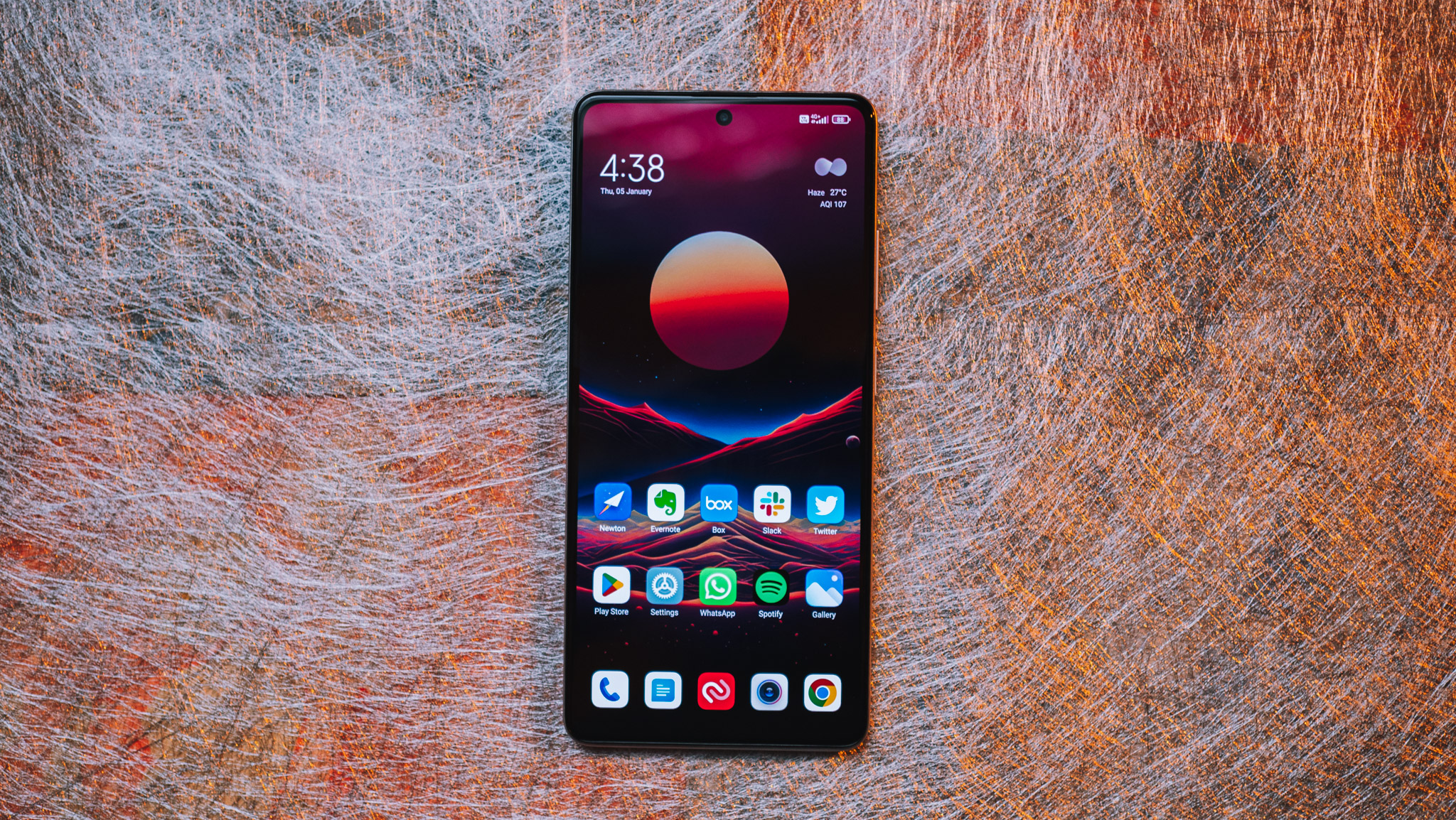
Switching over to the screen side of things, the Redmi Note 12 Pro+ features the same 6.67-inch AMOLED screen with FHD+ resolution and 120Hz refresh as last year's model. The key difference here is that the bottom bezel is thinner, and that's down to the use of a flexible OLED panel — much like the Nothing phone (1). Colors are vibrant out of the box and MIUI has plenty of customizability in this area, and the always-on mode has a lot of features.
The one thing I noticed when using the device is that it doesn't get quite as bright as its predecessor; the Redmi Note 11 Pro+ tends to get brighter in outdoors use. Other than there, this is a really good panel, and you get HDR10+ as well. There's a coating of Gorilla Glass 5 over the screen, and the flat sides make it a good choice for gaming and streaming videos.
A new addition this year is dynamic refresh rate on the device, with the screen switching between 30Hz, 60Hz, 90Hz, and 120Hz based on the content. This comes in handy for saving battery, but in my use, I found the default mode to be a bit jittery when scrolling through long-form text — it's almost as if the phone cannot switch refresh rates on the fly without taking a second. That's why I manually changed the refresh to 120Hz — you can choose between 60 and 120Hz — and it has been smooth sailing.
Redmi Note 12 Pro+: Hardware and battery
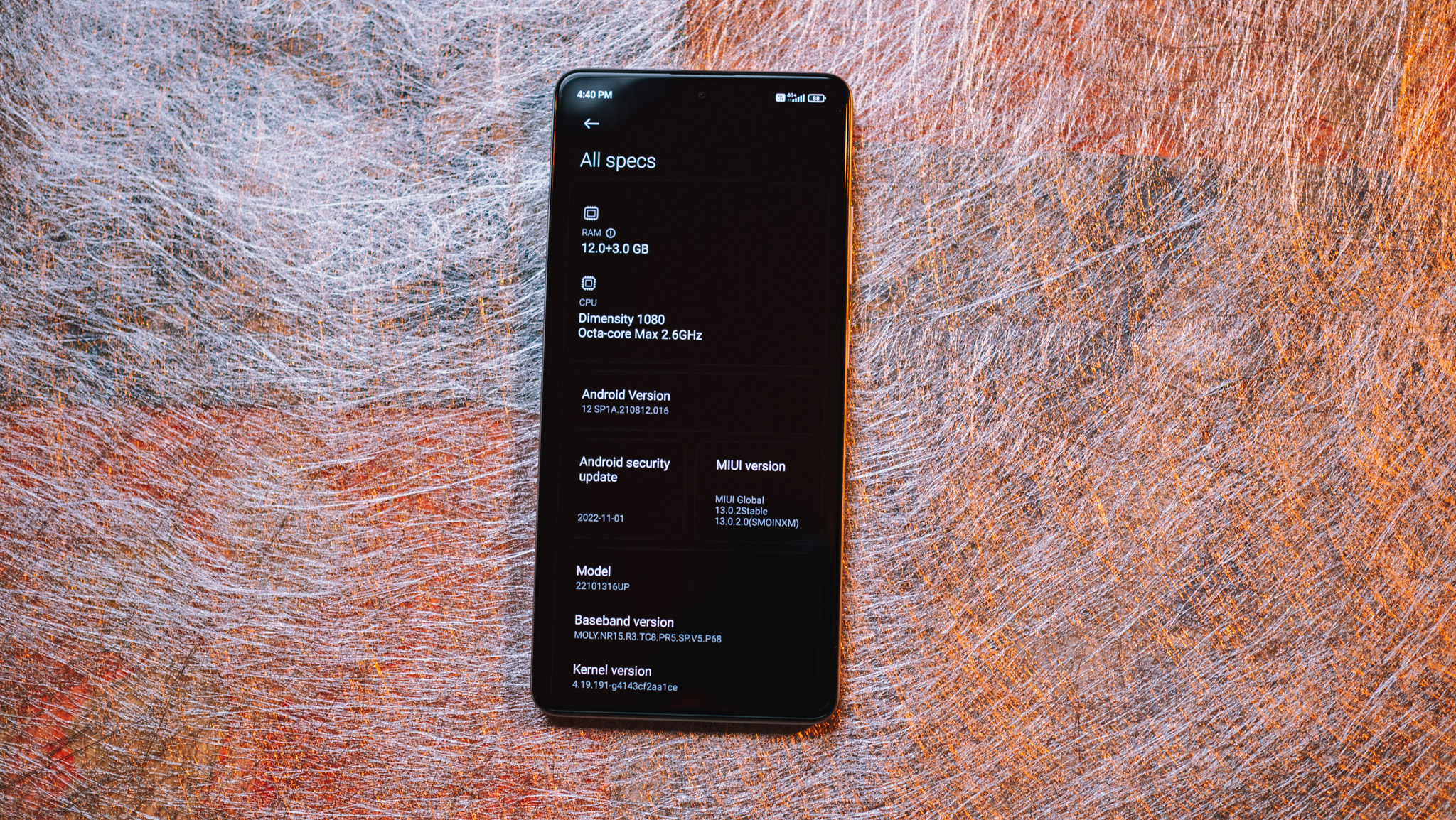
Xiaomi is reusing the same internal hardware as last year, with the Redmi Note 12 Pro+ powered by MediaTek's 6nm Dimensity 1080. The naming may be different to the Dimensity 920, but the two platforms are identical — the key difference is that the Dimensity 1080 can facilitate a 200MP camera module. Other than that, you're not going to find any changes here.
The Redmi Note 12 Pro+ uses the same hardware as its predecessor — this isn't a gaming phone.
That means you'll find the same two Cortex A78 cores at 2.50GHz and six Cortex A55 cores at 2.0GHz and a four-core Mali-G68. The Redmi Note 12 Pro+ is reliable in daily use, but it is bested by the likes of the Redmi K50i. Xiaomi is using the same UFS 2.2 storage module, but switching to 256GB of storage for the base model — there's no 128GB variant.
| Category | Redmi Note 12 Pro+ |
|---|---|
| OS | Android 12, MIUI 13 |
| Display | 6.67-inch 120Hz OLED FHD+ (2400 x 1080), Gorilla Glass 5 |
| Chipset | MediaTek Dimensity 1080, 2 x 2.6GHz Cortex A78, 6 x 2.0 Cortex A55. Mali-G68, 6nm |
| RAM | 8GB/12GB |
| Storage | 256GB |
| Connectivity | Sub-6 5G, Wi-Fi 6, Bluetooth 5.2, NFC |
| Ingress Protection | IP53 |
| Security | Side-mounted sensor |
| Audio | Stereo sound, 3.5mm jack, 24-bit/192kHz audio |
| Battery | 4980mAh, 120W fast charging |
| Dimensions | 162.9 x 76 x 8.9mm, 208g |
| Colors | Iceberg Blue, Arctic White, Obsidian Black |
I didn't see much in the way of slowdowns when using the Redmi Note 12 Pro+, and while the device struggles with visually-intensive titles, it is fine for casual gaming. The best part about the Indian handset market is that there are several gaming-focused phones available in this category, so if you see yourself playing a lot of games, get the Redmi K50i instead.
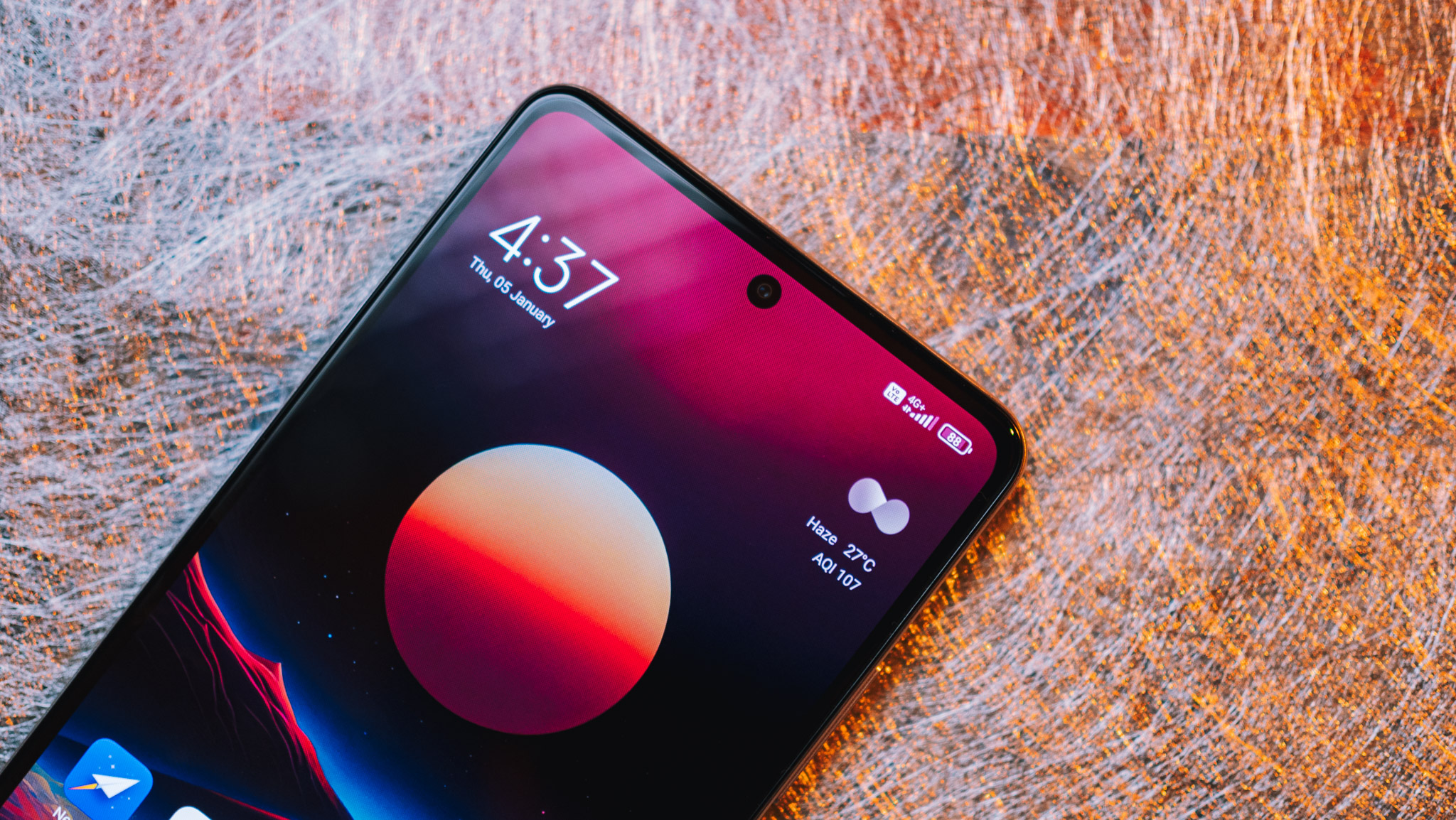
Xiaomi is somehow making it sound like the Redmi Note 12 Pro+ is the first 5G phone in India, but that isn't the case. An overwhelming majority of the phones launched in the country over the last two years feature the requisite 5G bands for connectivity over Airtel and Jio's 5G networks. I have Airtel 5G coverage in my home, but the Redmi Note 12 Pro+ was staunchly on 4G throughout the testing window.
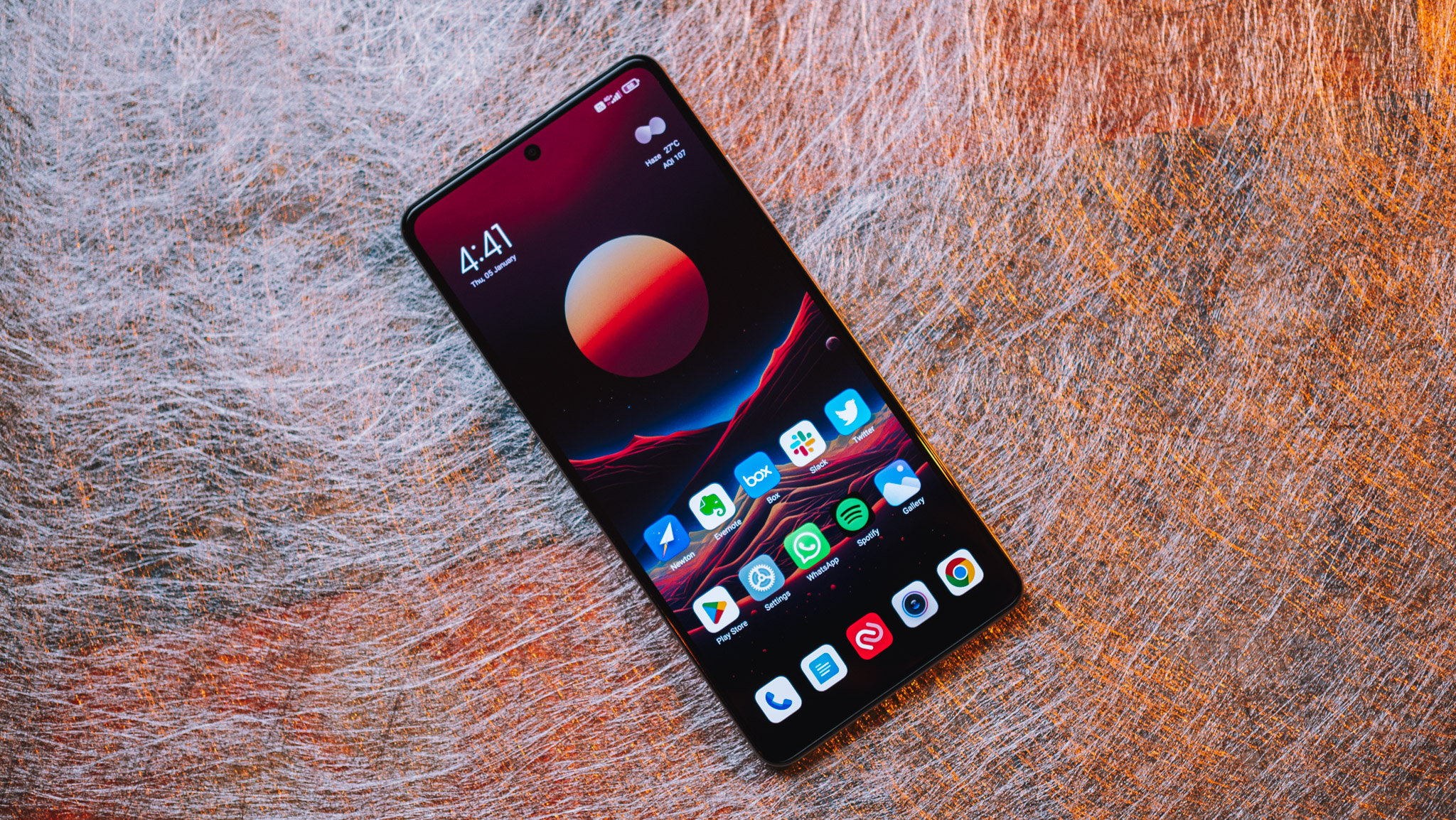
The Redmi Note 12 Pro+ has a 4980mAh battery and offers 120W fast charging. I've used several Xiaomi phones with the same charging tech, and the Redmi Note 12 Pro+ is no different to the likes of the Xiaomi 12 Pro or the 12T Pro. The full 120W charging potential isn't available out of the box, so you have to go into the device settings and toggle Boost mode — doing so allows the device to switch to 120W.
In my usage, it took just under 25 minutes for the device to fully charge the battery via the bundled 120W charger. Battery life itself is great, and I routinely got a day's worth of use without any issues whatsoever. The charging tech is better than the best Samsung phones, but you're not getting noticeably better battery longevity.
Redmi Note 12 Pro+: Cameras
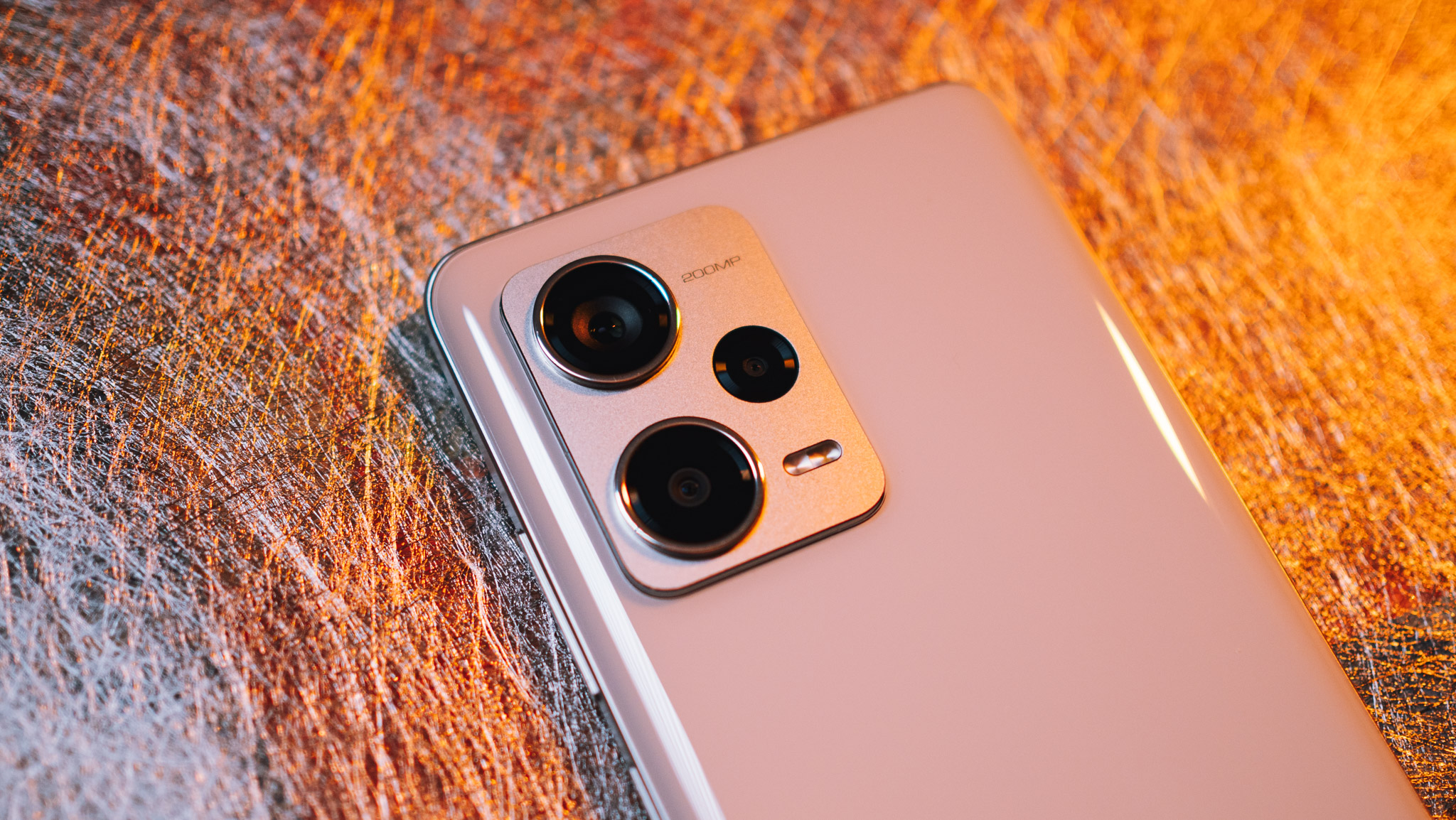
The differentiator for the Redmi Note 12 Pro+ is the 200MP camera, and while this isn't a first for Xiaomi — the 12T Pro has the same module — it is the first time Xiaomi is bringing the sensor to India. I used the 12T Pro for several months, and I like the camera on that phone quite a bit.
There is some difference between the two devices even though they share the same 200MP Samsung HP1 module, and that's down to the internal hardware and tuning. While the 200MP camera is a novel addition, the auxiliary sensors are a poor showing; you'll find an 8MP wide-angle lens with a 119-degree field of view, and a nonsensical 2MP macro module. Other brands are starting to see reason and are ditching these auxiliary modules that serve little utility, but as you'll see in the software section below, Xiaomi tends to be stubborn about these things.
The camera interface itself is unchanged, and you'll find the usual set of toggles for the various modules, flash, HDR, Google Lens, beauty filters, and settings. The shooting modes are laid out in a ribbon, and you can switch the layout of the modes with ease.
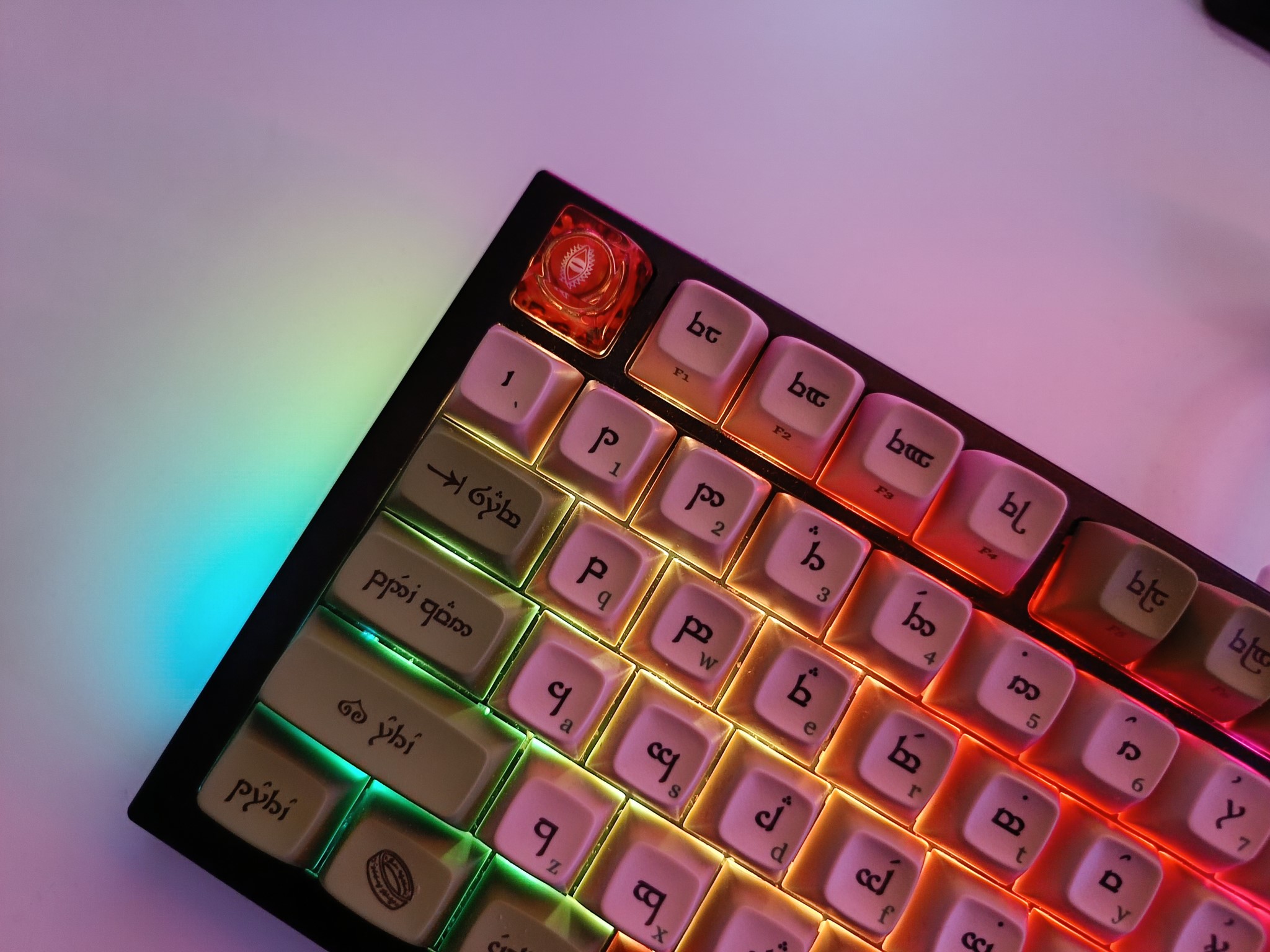


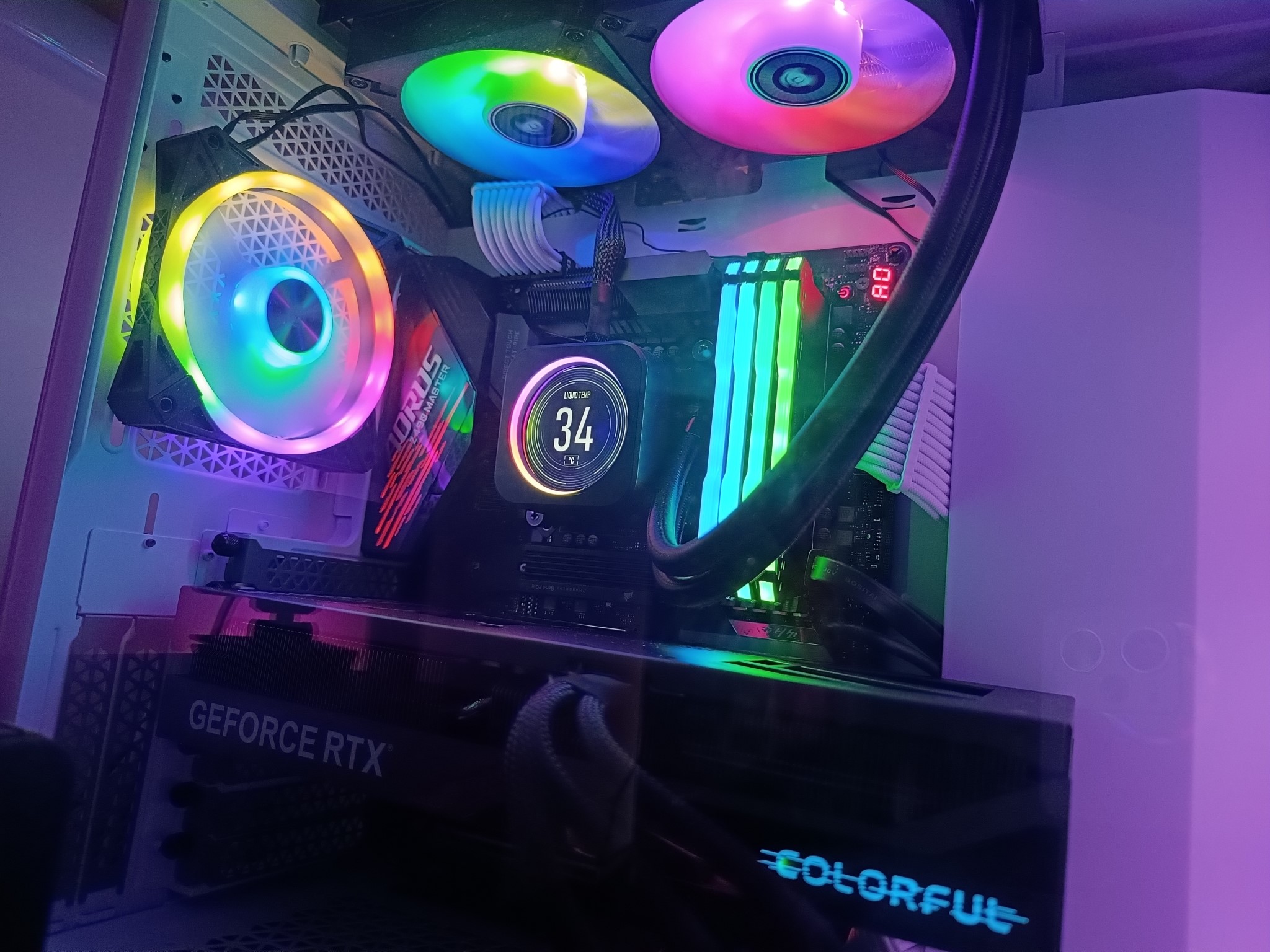

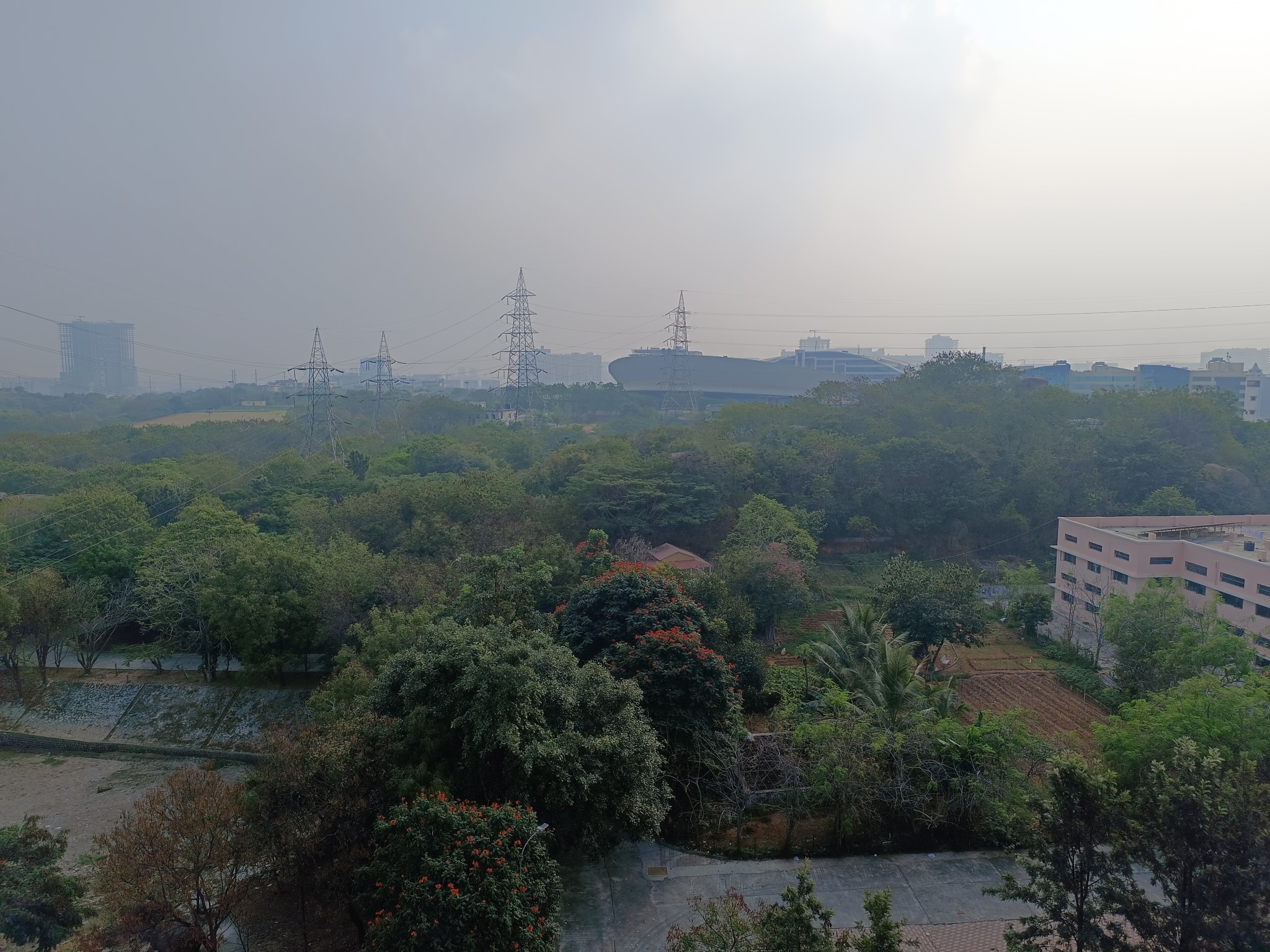
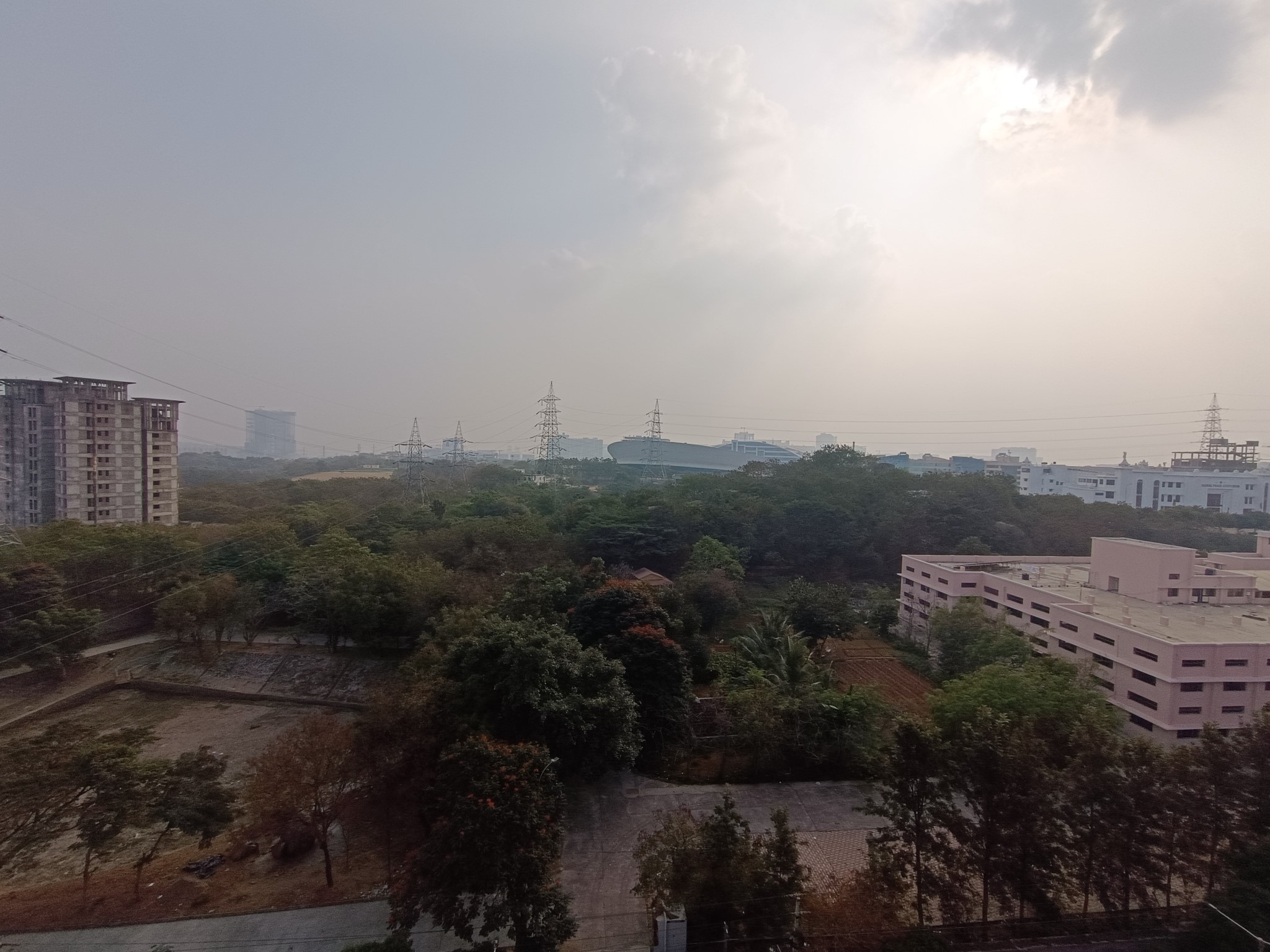
The 200MP camera shines in daylight situations, and the large sensor does a brilliant job extracting detail and color vibrancy. Photos are binned to 12.5MP, and you can take full-res 200MP shots, but the filesize tends to be over 50MB, and more often than not, it isn't worth the hassle. The Ultra HD mode also allows you to take images at 50MP, and this is a better choice for eking out more detail.
There's good dynamic range overall, and the resultant shots have slightly higher contrast levels that works really well when sharing on social media. The device does a good job in low-light scenarios as well, delivering shots with good color rendition. That said, there is visible noise around the edges, and you tend to miss out on some of the finer details. The camera also struggles with focusing in situations where there's little to no ambient light, and the 12T Pro does a better job in this area with the same module.
The dedicated Night mode comes in handy in such cases, and overall, there is a lot to like here. I still prefer the Pixel 6a to the Redmi Note 12 Pro+ — particularly for low-light shots — but this is a strong showing by Xiaomi. However, all of that falls apart for the wide-angle shooter; it is very inconsistent and doesn't produce good photos, and I didn't bother using it in low-light scenarios. I'm not even going to bother talking about the 2MP macro other than to say that Xiaomi shouldn't have bothered with the module.
Redmi Note 12 Pro+: Software
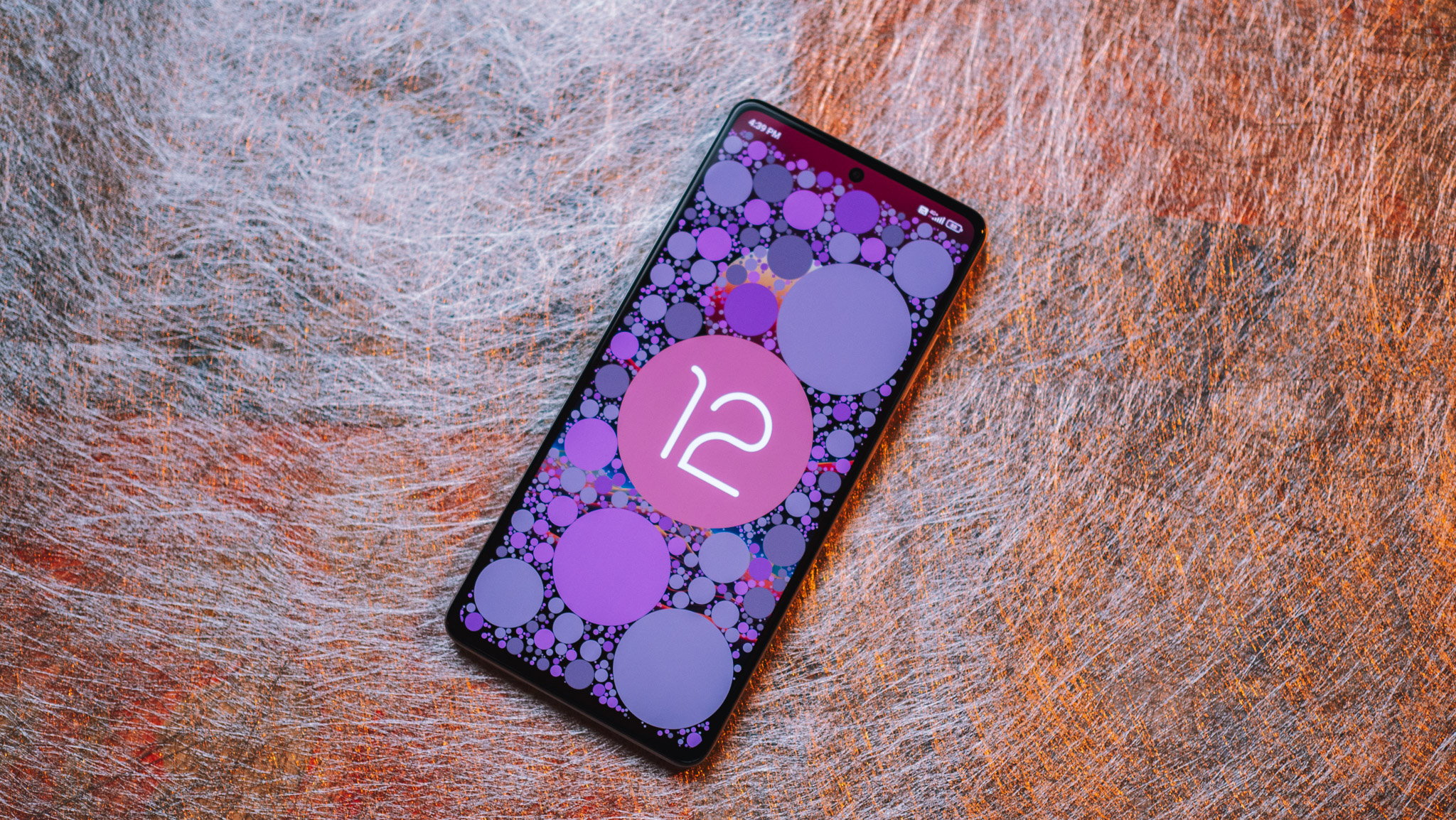
The biggest drawback with the Redmi Note 12 Pro+ is the software. The phone is launching with MIUI 13 based on Android 12 out of the box, and that's inexcusable for a phone launching in 2023. Xiaomi pulled the same stunt last year with the Redmi Note 11 series, and those devices didn't get the Android 12 update until after Q1 2022.
The Redmi Note 12 Pro+ runs an older version of Android out of the box, and it won't get as many software updates as its immediate rivals.
When asked about the Android 13 update, Xiaomi only said that it was under testing, but wouldn't confirm a timeline for its release. So in all likelihood, you're looking at a lengthy wait for MIUI 14 based on Android 13 to show up on the phone. That's a letdown considering there are a lot of under-the-hood fixes in MIUI 14, and it would have been ideal if the Redmi Note 12 Pro+ included those changes out of the box.
MIUI 13 is a known quantity at this point, so I'm not going to talk too much about what it's like to use the software. Xiaomi gives you the ability to uninstall most system apps, and unlike previous years, you don't find errant ads throughout the interface. There is a good amount of customizability, and while there's a split notification pane with a Control Center-style layout enabled out of the box, you can switch to the standard Android notification shade with the toggles and notifications within the same pane.
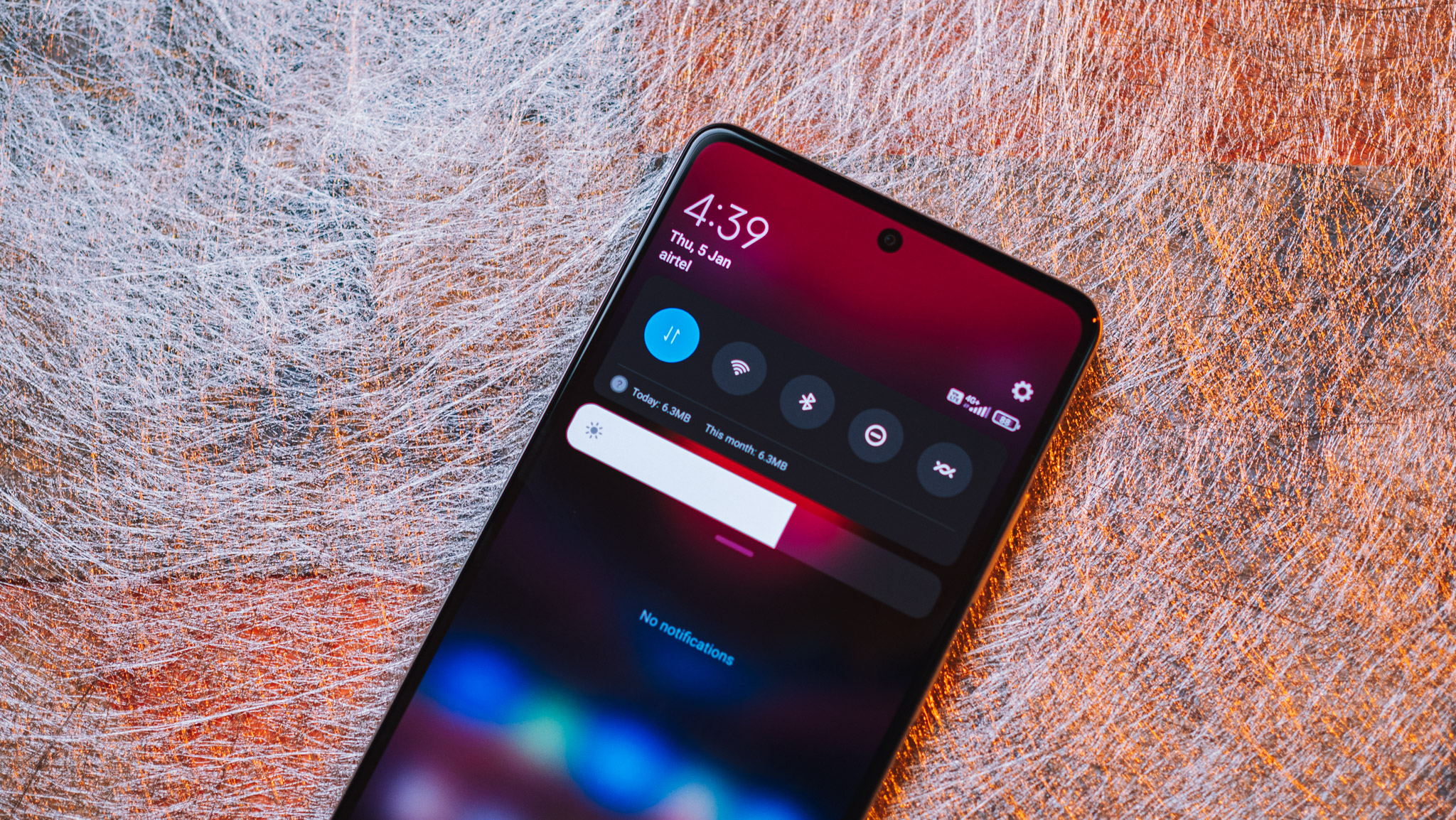
The interface is fluid and doesn't feel sluggish in the least, and it has a lot of modern flourishes. I didn't see any issues with push notifications, and while there's the usual bloatware that's found on Xiaomi phones, it can be uninstalled with ease. Overall, using MIUI 13 here is identical to every Xiaomi phone I used in 2022.
Software updates is another area where Xiaomi continues to lag its rivals. The Redmi Note 12 Pro+ will only get two Android OS updates, and one of those is Android 13. So the device will not be updated past Android 14, and that just doesn't cut it for a phone that costs this much money. Every other manufacturer is doing more with software updates, but Xiaomi is still being obstinate in this area, and that needs to change.
Redmi Note 12 Pro+: The competition
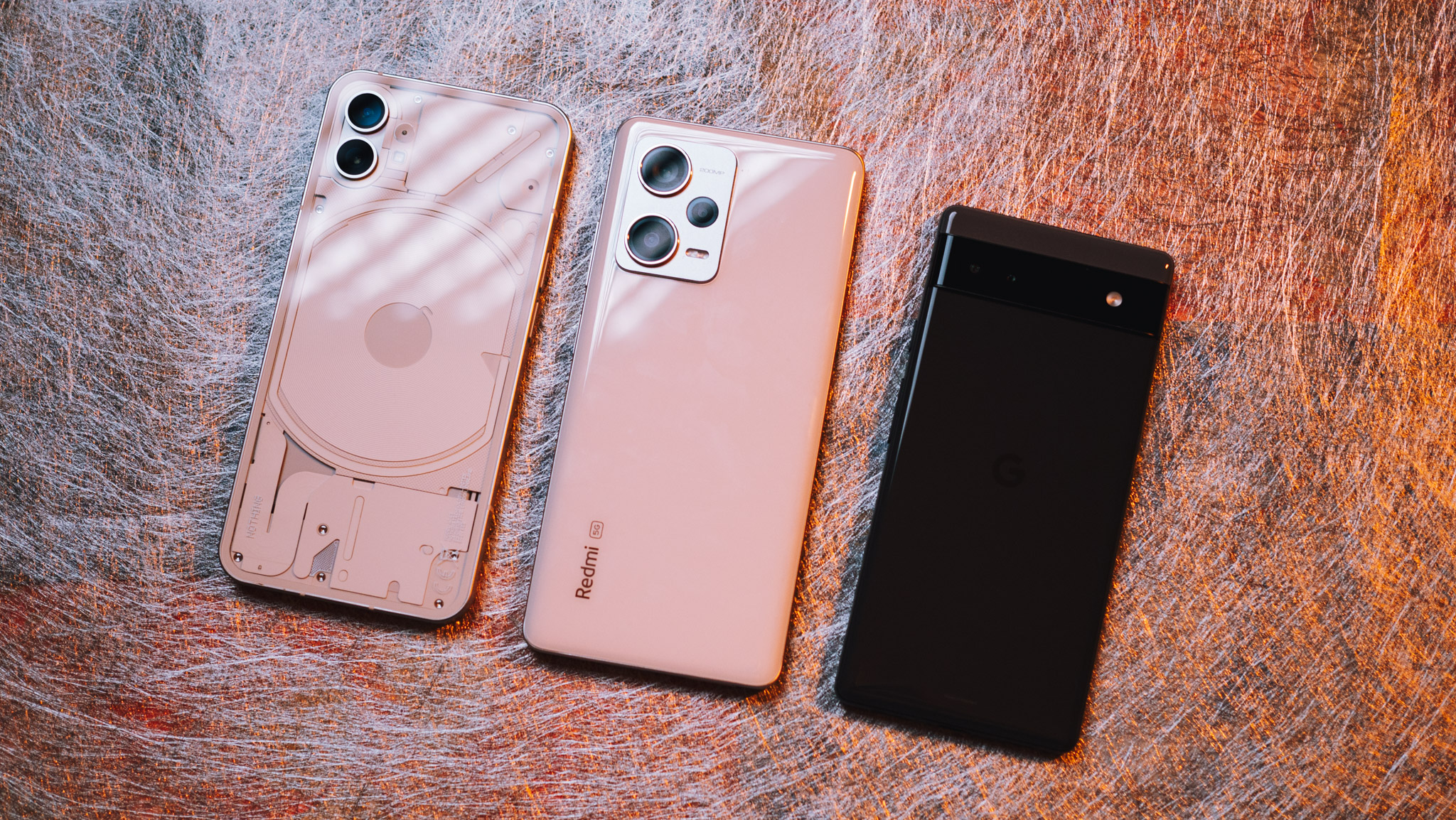
I've recommended the Pixel 6a widely, and it continues to be the phone to beat in the sub-₹40,000 segment. There are a few reasons for this: the Pixel 6a has the best hardware in its class, the best cameras, and the design looks modern. You get reliable battery life and clean software with zero bloatware — definitely not the norm in the mid-range segment — and Google already rolled out enticing discounts for the device, making it a great value. The only hardware downside is that the phone has a 60Hz panel, but that isn't as big an issue, and I don't even mind the fact that there isn't a 120Hz panel here.
The Galaxy A53 is also an easy recommendation. The phone doesn't really stand out in any one area, but it is an all-rounder that nails the basics. The screen is vibrant, you get a good camera and battery life, and the hardware is reliable in daily use. The biggest reason for recommending Samsung is the software; the Galaxy A53 has switched to One UI 5 based on Android 13, bringing all the latest features available on Android. There's also the fact that Samsung's software has a low learning curve and a ton of useful extras, and with four guaranteed Android OS updates, the Galaxy A53 will be usable for a lot longer than anything Xiaomi has to offer in India.
Then there's the Nothing phone (1). It is a good alternative if you want a device that stands out visually, and while I don't see much allure in the LED lights at the back (I'm all about RGB lighting), it has a distinctive design. Nothing is also slow at rolling out updates — the phone (1) is still on Android 12 — but the device will get three Android OS updates, one more than what Xiaomi is offering.
Redmi Note 12 Pro+: Should you buy it?
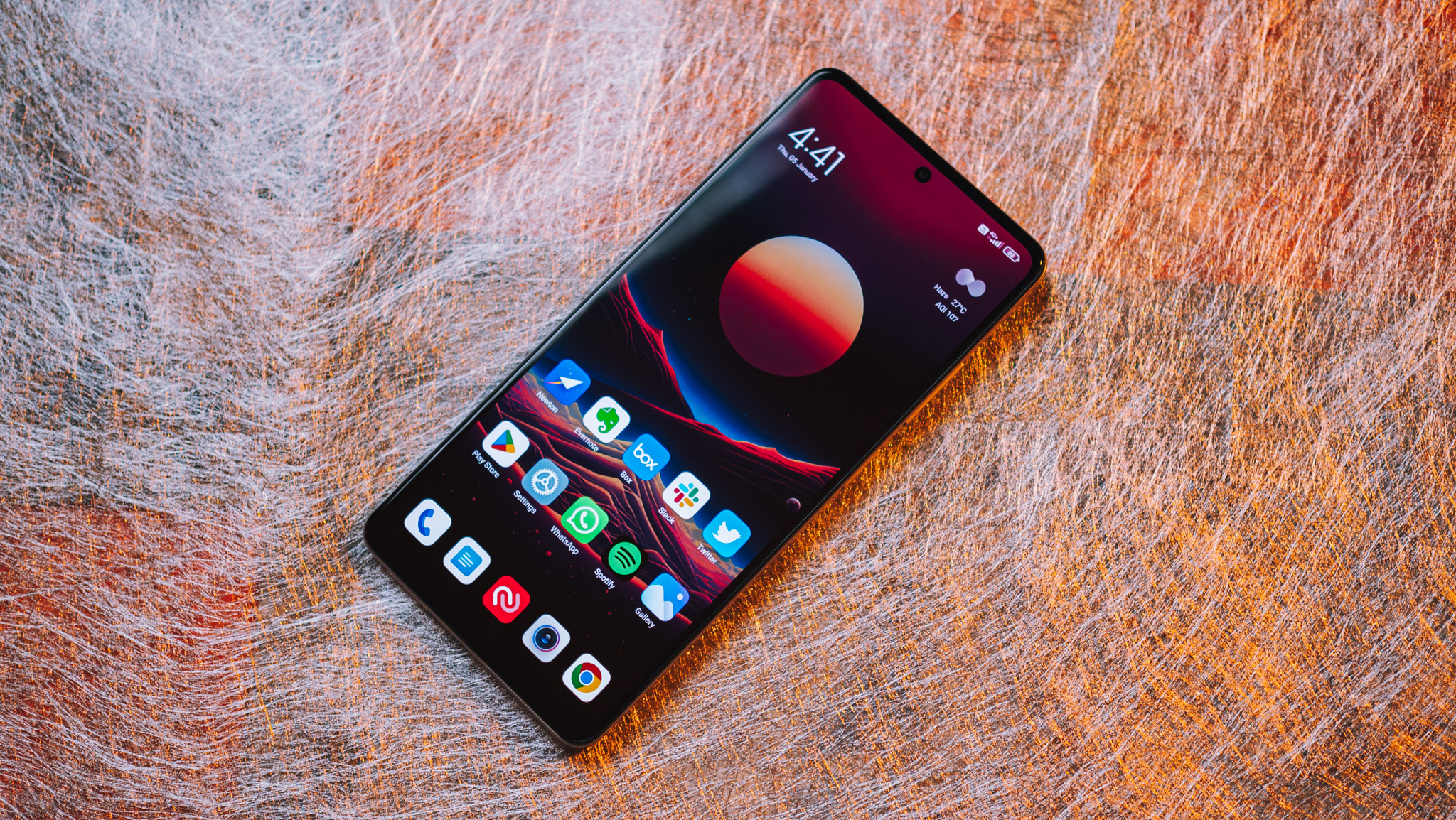
You should buy this if:
- You want to brag about a 200MP camera
- You want a phone with a vibrant AMOLED screen
- You need a phone with great battery life and ultra-fast charging
You shouldn't buy this if:
- You want a phone running the latest version of Android
- You need timely software updates
- You want a good value
Xiaomi admitted that it launched too many devices in 2021, and that it will be more cognizant about how it launches going forward. The course-correction is a necessary one as the brand's portfolio was getting overly convoluted with too many devices in the same category, so it's good to see Xiaomi address the issue.
That said, I don't understand the reasoning behind some of the decisions taken with the Redmi Note 12 Pro+. Launching the phone with Android 12 is a gross oversight, and for a device in this category to only get two guaranteed Android updates is a laughably poor choice. All of the alternatives I've outlined above will get at least three updates.
Yes, the Redmi Note 12 Pro+ has a great camera, but it's no longer enough to excel in just one area. I haven't used a phone with a bad camera or lackluster hardware in a long time, but I continue to be frustrated by software issues on a regular basis, and this is where brands like Xiaomi need to fix things. It's easy to hide behind the latest hardware — 200MP camera makes for easy marketing — but a lot harder to fix long-standing issues around timely software updates.
So it's no wonder that Xiaomi chose to take the easy path here. Ultimately, it feels like the brand has lost sight of what made the Redmi Note series great to begin with, and is chasing meaningless milestones.
Given the fact that consumers are holding on to their phones for longer and looking for long-term software updates, Xiaomi's decision to only roll out two platform updates — one of those being Android 13 — makes the Redmi Note 12 Pro+ a non-starter. Save your cash and get a phone that will actually work for more than two year — I'd suggest the Pixel 6a.
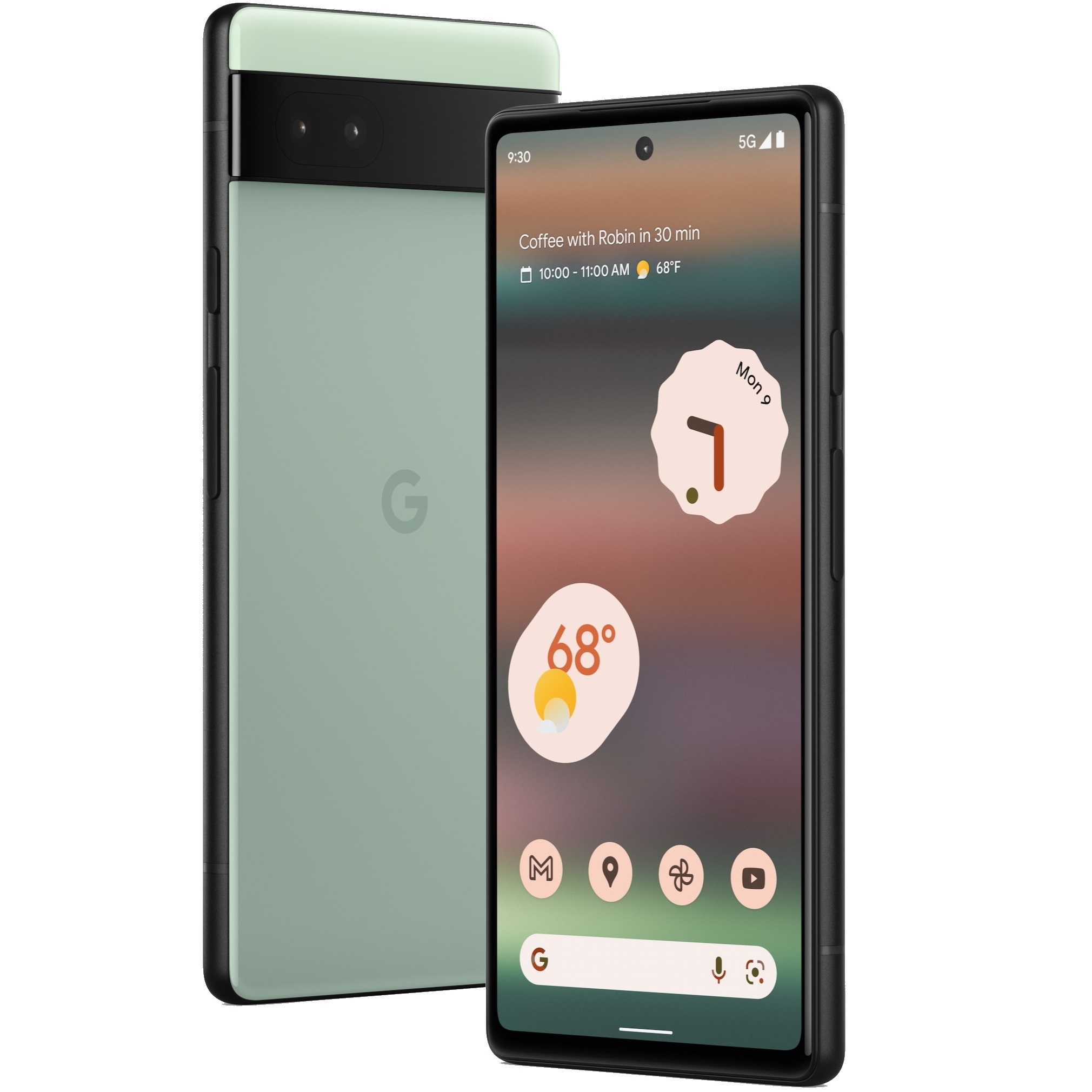
The Pixel 6a is the best mid-range phone to buy in India. It has the best cameras, the best software, the best hardware in this category, and reliable battery life.

Harish Jonnalagadda is Android Central's Senior Editor overseeing mobile coverage. In his current role, he leads the site's coverage of Chinese phone brands, networking products, and AV gear. He has been testing phones for over a decade, and has extensive experience in mobile hardware and the global semiconductor industry. Contact him on Twitter at @chunkynerd.
